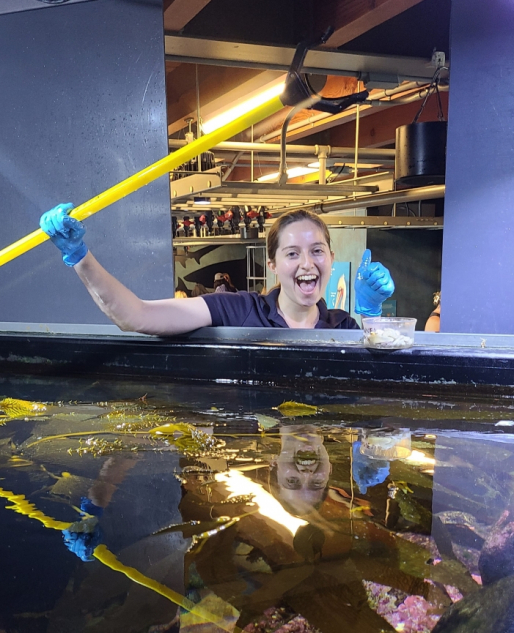
Anthropology
Check our anthropology FAQ for information about artifacts and more. Our Chumash Life pages for teachers and students provide a basic introduction to some aspects of traditional daily life.
- Anthropology
- Rocks & Fossils
- Invertebrates
- Vertebrates
- Botany
- Astronomy
- Fungi
- General
- Recently Asked
Lone Woman's language
What were the four words of the Lone Woman that established that her language was not Chumash but Cupeno instead?
Curator Response
Dear Kelly,
Thank you for your question about the language of the Lone Woman of San Nicolas Island. You asked us about the four words, which were published by Emma Hardacre in 1880: “A hide she called to-co (to-kay’); a man, nache (nah’-chey); the sky, te-gua (taý-gwah); the body, pinche (pin-oo-chey).”
Those four words should perhaps be taken with a grain of salt. As noted in our recent paper, “The Lone Woman’s Nicoleño Language,” Morris et al., Journal of California and Great Basin Anthropology v. 40, no.1 (2020), pp.7–37, “The four words alleged to have been spoken by the Lone Woman and printed in the Hardacre and Mason publications of the 1880s are less valuable as evidence about her language [than the evidence of J.P. Harrington’s native consultants] because they are derivative, they are from a single secondary source with no known original source of primary information, and they are not corroborated by any other primary or secondary source.”
There was an earlier study by our coauthor on that paper, linguist Pamela Munro, which suggested that based on the four words the Lone Woman’s language may have been from the Cupan subgrouping of the Takic branch within the Uto-Aztecan language family. (Cupeño, about which you asked, is a Cupan language.) Munro’s study was presented at the fourth California Islands Symposium held here at our Museum. That study, however, was superseded by our 2020 article cited above.
In the newer article, we use evidence provided to Harrington to show that the Lone Woman’s language actually was closer to Fernandeño, so appears to have been from the other subgrouping of the Takic branch within the Uto-Aztecan language family, the Serran subgrouping. Serran languages and dialects include Gabrielino, Fernandeño, Serrano, Vanyumé, and Kitanemuk. We conclude that “the consensus of Harrington’s native consultants―based upon their experience and that of the native people who interacted with the Lone Woman and others from the southern Channel Islands―is that the Nicoleño language was similar to the Gabrielino/Fernandeño language of the Takic branch of the Uto-Aztecan language family.” We encourage you to read “The Lone Woman’s Nicoleño Language” for yourself if you are interested in the details of how we make this case.
My colleague, Associate Curator of Anthropology Brian Barbier, M.A., had an additional interesting point to make about the perils of assessing the Lone Woman’s language from limited evidence. He noted that the Lone Woman could have been multilingual and might have tried using multiple languages to try to communicate with her various visitors, or may even have moved between several languages. Having only herself to talk to for years, who knows how that would have affected her language preferences.
Stay curious,
Curator Emeritus of Anthropology John R. Johnson, Ph.D.


